COP 28 with its "offical agreement, saying the world needs to move away from oil, gas and coal" is a wake up call for the government and its politicians. Edmonton Youth for Climate member Juliana Weber said: " “My future’s at stake and so is everyone else’s and I think it’s really important that we go towards this future of solutions and better possibilities for everyone.”
Alberta tar sands
For the first time at the United Nations Climate Change Conference, nearly 200 countries agreed that it was time to take a step away from fossil fuels.
It’s news that comes as a promising sign for youth in Alberta. “I think it can serve as a little bit of a wake-up call for Alberta. There’s words and then there’s action, but it feels that there will be more action from this, possibly,” said Edmonton Youth for Climate member Andrew Hardy. The two-week conference ended with a first-of-its-kind agreement, saying the world needs to move away from oil, gas and coal. “This really signals to the Albertan government that the world is moving away from fossil fuels. We need a just transition in Alberta because whether or not the government wants to believe that the end of fossil fuels is coming, it will be here soon,” said Edmonton Youth for Climate member Juliana Weber.
The Alberta government has repeatedly said it will not be moving away from fossil fuels, saying it will be sticking to its emissions reduction plan as a way to reach net zero emissions by 2050, not by lowering oil and gas production.
The premier wasn’t available for an interview Wednesday, but in a joint statement with the Minister of Environment and Protected Areas, they say they’re pleased the final agreement didn’t include some of the more ambitious efforts to reduce fossil fuel use. “I am greatly encouraged by the success of Alberta and Saskatchewan, and other nations and subnational governments, at COP28 in pushing back against the voices of those obsessed with accelerating the phaseout of sustainable and affordable energy derived from abated oil and natural gas,” read the statement. They also targeted Federal Environment Minister Steven Guilbeault’s proposals during the summit, calling them treachery. ...
Mount Royal University political scientist Lori Williams says this deal could be difficult for oil and gas politics and industries in Alberta going forward. “We have Danielle Smith saying she does not want to reduce the use of fossil fuels, she just wants to reduce emissions and I think she’s gonna find herself at odds with the objectives that were set out in this,” said Williams.
She also says the back and forth may not help Smith’s long-term case. However, a balanced approach between oil and gas and renewables could work in her favour. “It has to be balanced with a message of taking these issues seriously and not engaging in personal attacks on the federal environment minister — that’s inappropriate, it’s unhelpful,” Williams said. “With this combination of pausing alternative sources of energy and emphasizing this battle with the Environment Minister, it looks like the province of Alberta doesn’t take seriously enough environmental issues.” ...
Edmonton Youth for Climate hopes this leads eventually to action in our province. “I really hope that our government officials will kind of change their tune after seeing the outcome of this COP. And that people will start to tell their political representatives that this is what matters to them because it’s about our future,” said Weber.
“My future’s at stake and so is everyone else’s and I think it’s really important that we go towards this future of solutions and better possibilities for everyone.”
https://globalnews.ca/news/10169106/wake-up-call-alberta-reaction-cop28/

![Albian wātihkān]](https://i.guim.co.uk/img/media/8e64ef34df3f4c8b89255c78625ebf32f571d25d/0_0_2000_1335/master/2000.jpg?width=300&quality=85&auto=format&fit=max&s=6d7324d54d4afb49f4e43995d5653571)
 A child holds an inflatable Earth at a climate demonstration. Photo by Getty Images/Grist
A child holds an inflatable Earth at a climate demonstration. Photo by Getty Images/Grist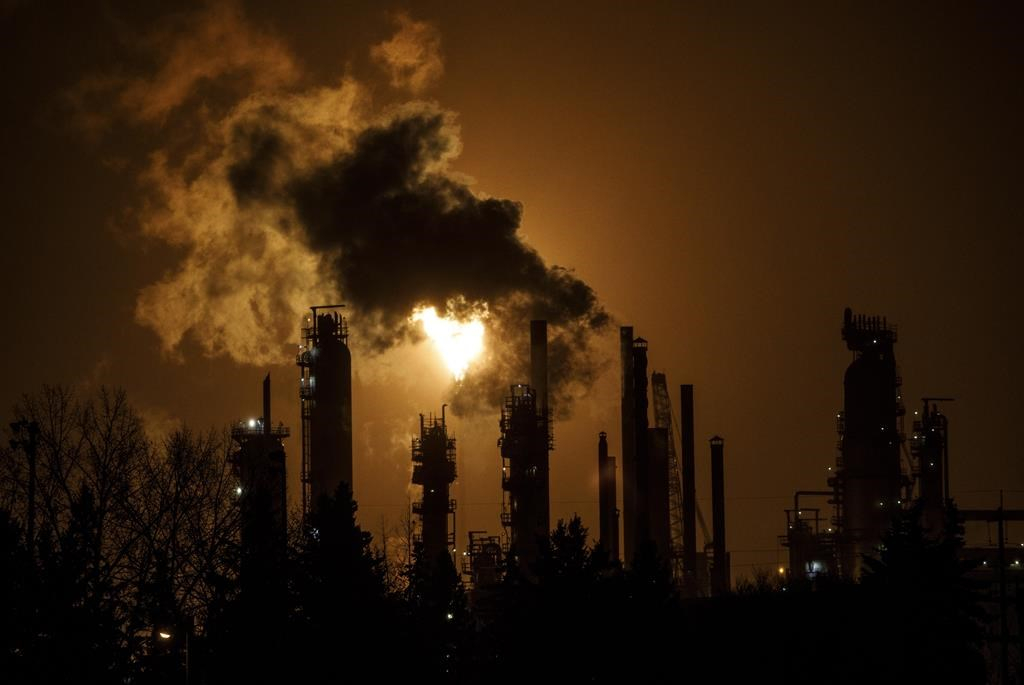 A flare stack from a refinery lights the sky in Edmonton, Photo by: Jason Franson
A flare stack from a refinery lights the sky in Edmonton, Photo by: Jason Franson Jumping salmon. Almost a quarter of the world's freshwater fish face extinction due to global heating, pollution, say experts. Photo by Thomas Bjørkan / Flickr (CC BY-SA 2.0 DEED)
Jumping salmon. Almost a quarter of the world's freshwater fish face extinction due to global heating, pollution, say experts. Photo by Thomas Bjørkan / Flickr (CC BY-SA 2.0 DEED) Less parking could pave the way for denser housing and more accessible public transportation. Photo by Getty Images/Grist
Less parking could pave the way for denser housing and more accessible public transportation. Photo by Getty Images/Grist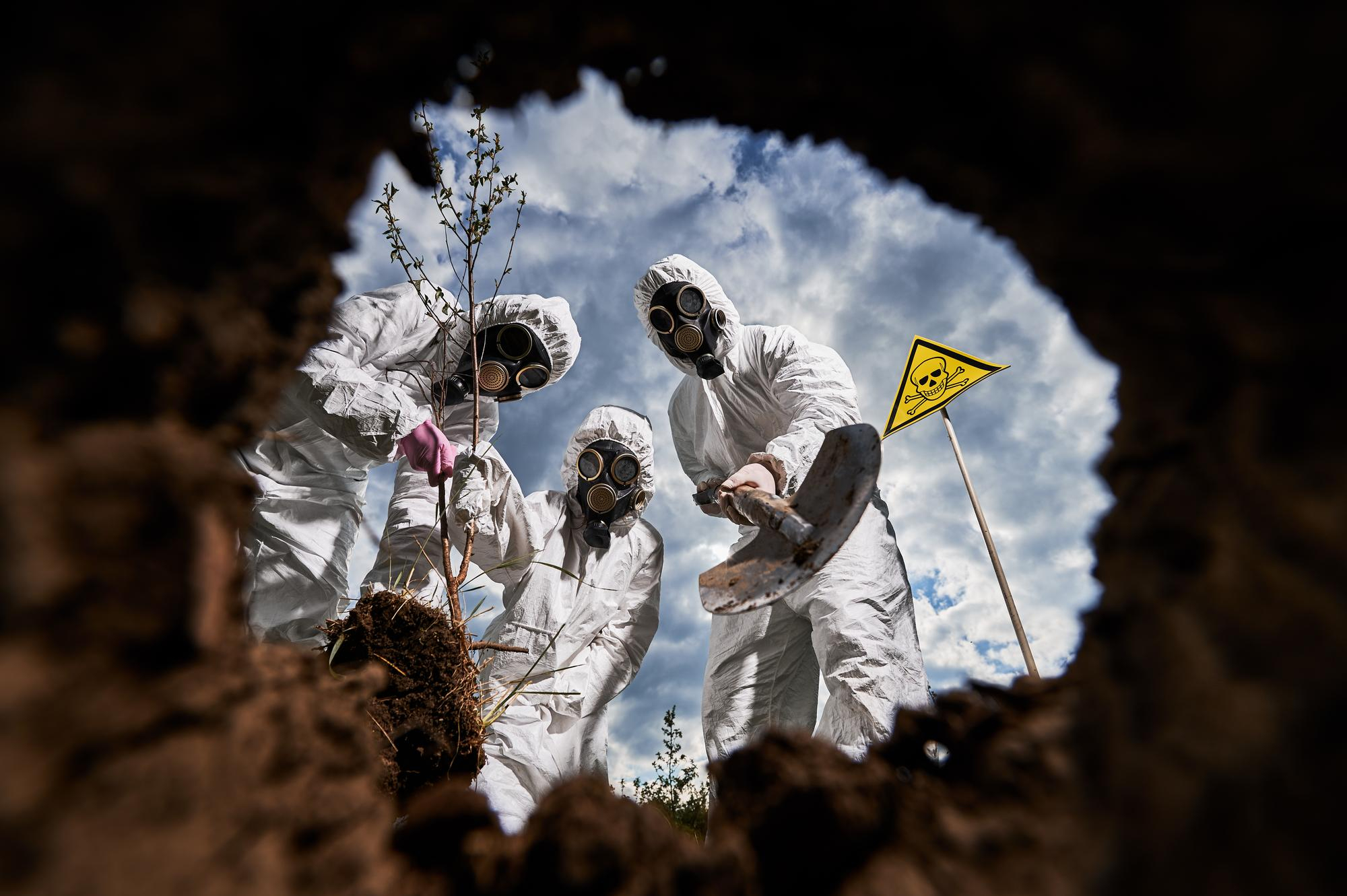 Image by ArtPhoto_studio on Freepik
Image by ArtPhoto_studio on Freepik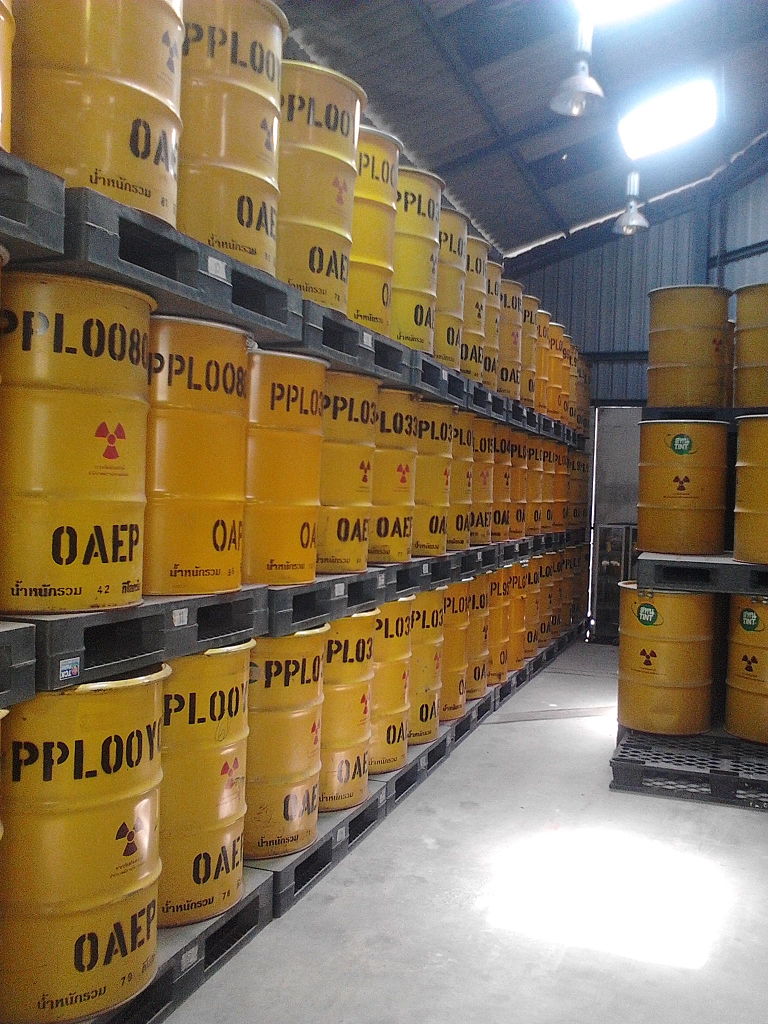
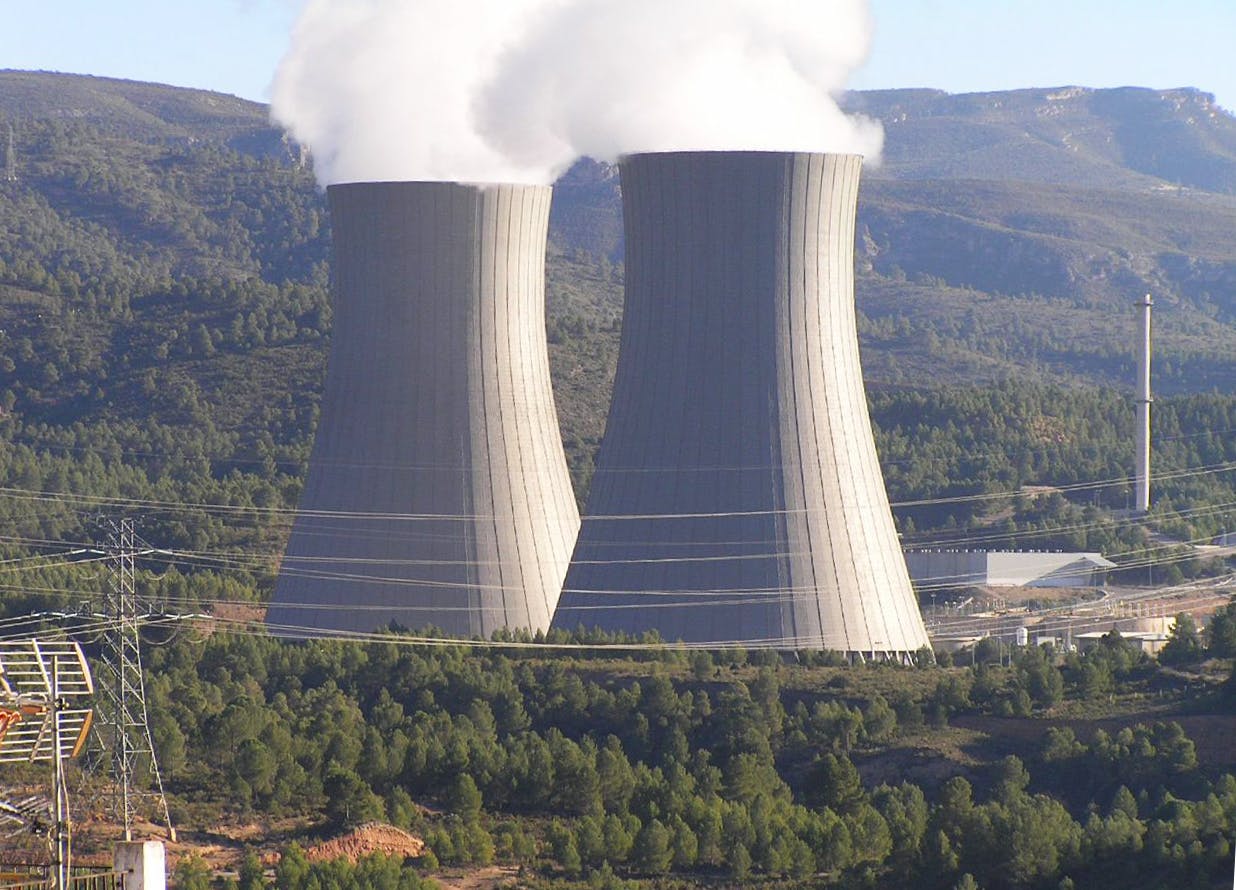
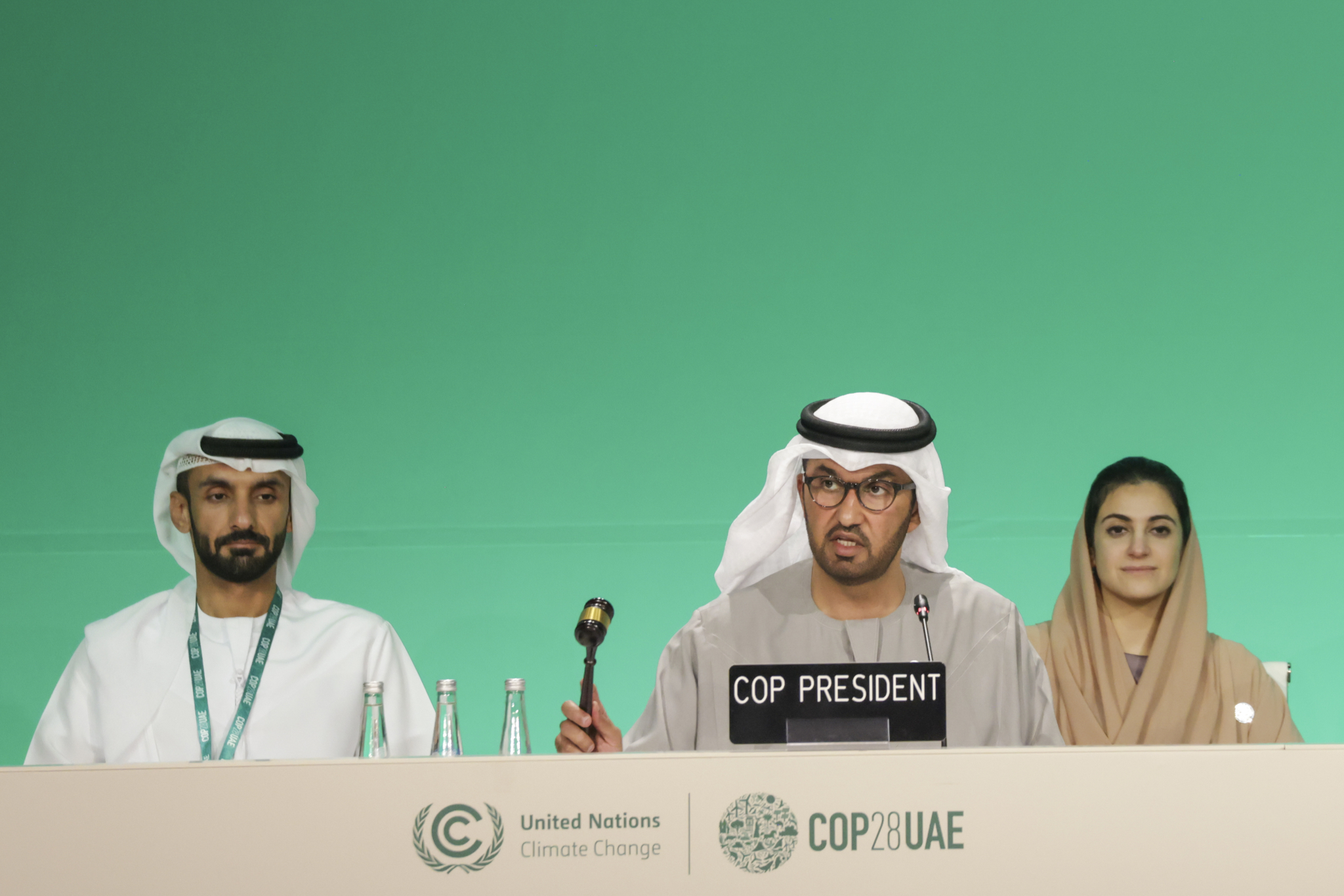 Dr. Sultan Al Jaber, COP28 President speaks during the Closing Plenary at the UN Climate Change Conference COP28 at Expo City Dubai on December 13, 2023, in Dubai, United Arab Emirates. Photo by UN Climate Change/Flickr (CC BY-NC-SA 2.0 Deed)
Dr. Sultan Al Jaber, COP28 President speaks during the Closing Plenary at the UN Climate Change Conference COP28 at Expo City Dubai on December 13, 2023, in Dubai, United Arab Emirates. Photo by UN Climate Change/Flickr (CC BY-NC-SA 2.0 Deed) Air conditioning units in a commercial block in Mumbai. Photo by David Brossard/Flickr ( CC BY-SA 2.0 Deed)
Air conditioning units in a commercial block in Mumbai. Photo by David Brossard/Flickr ( CC BY-SA 2.0 Deed)
 Premier Danielle Smith meeting with Prime Minister Justin Trudeau in Calgary to discuss increasing fossil fuel production while pretending they are reducing emissions Photo by Chris Schwarz/Government of Alberta (CC BY-NC-ND 2.0)
Premier Danielle Smith meeting with Prime Minister Justin Trudeau in Calgary to discuss increasing fossil fuel production while pretending they are reducing emissions Photo by Chris Schwarz/Government of Alberta (CC BY-NC-ND 2.0)



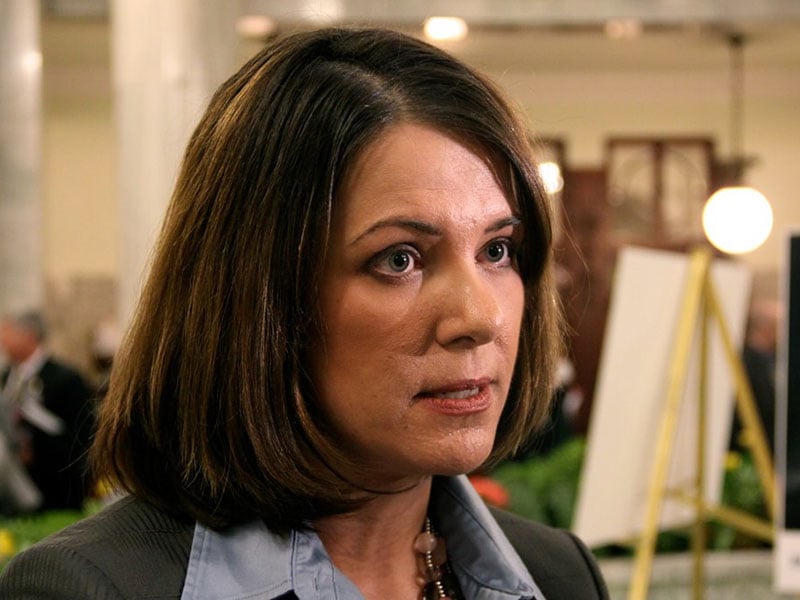
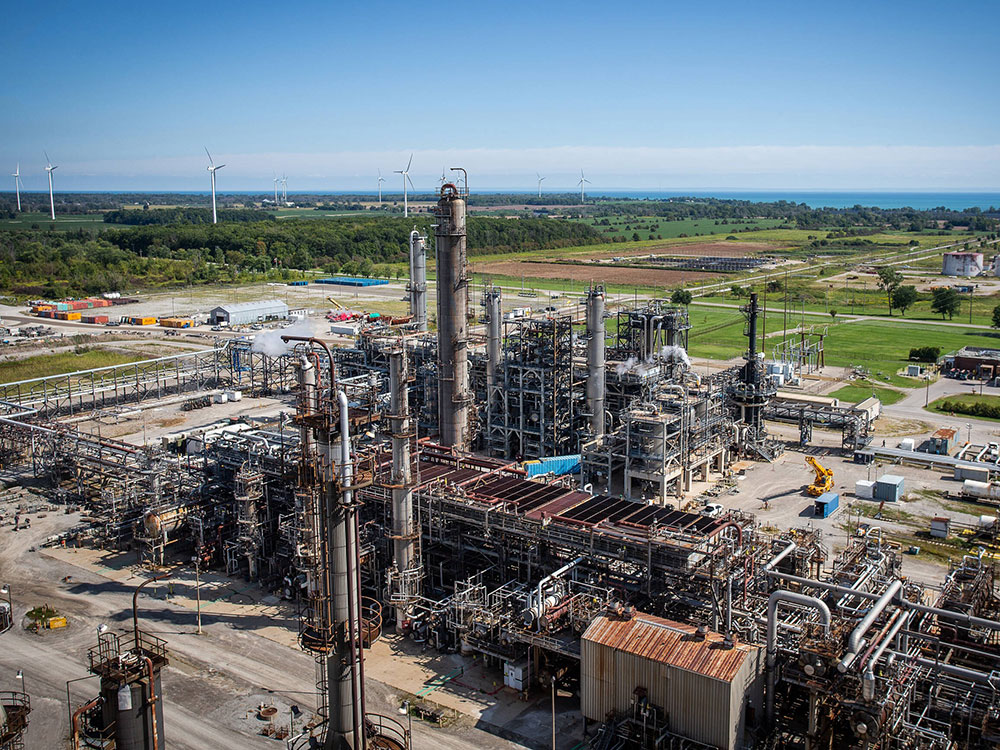
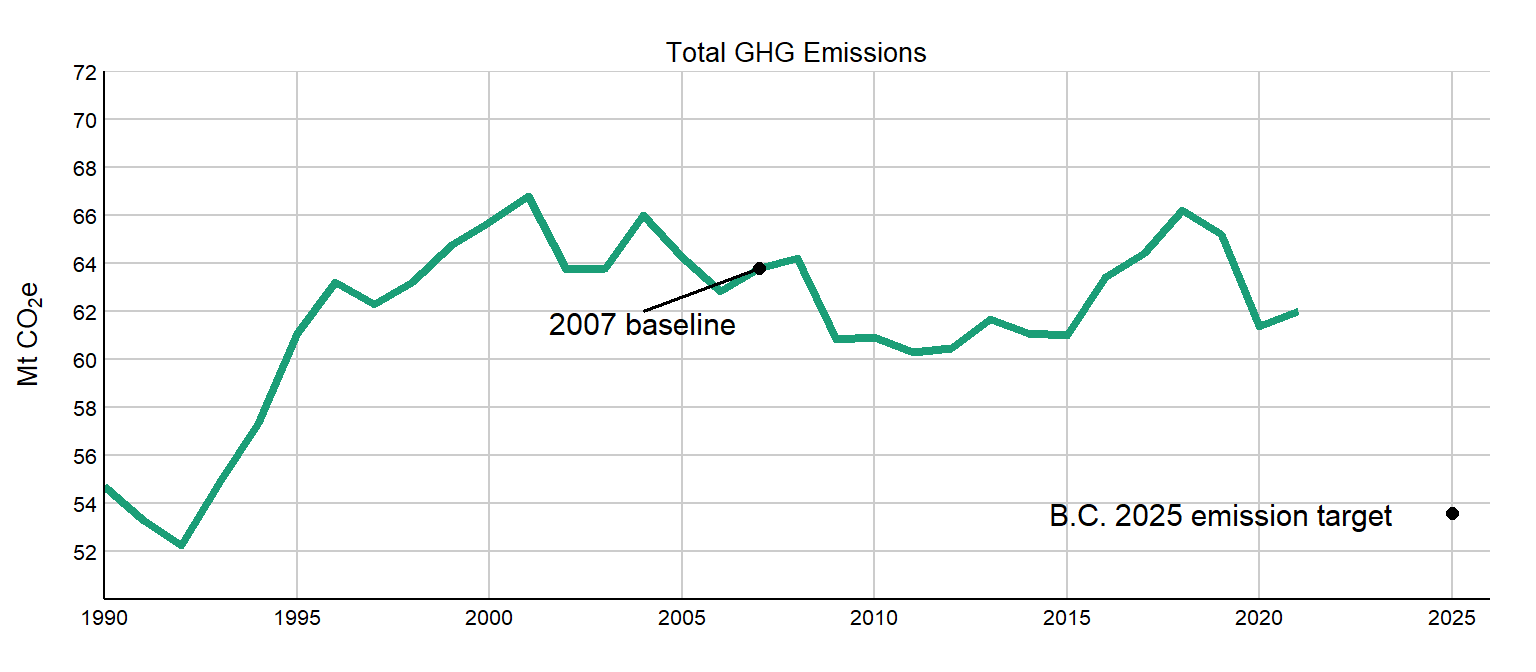
 With oilsands emissions looking like this, what do you think are the chances of reaching ANY emissions reduction targets?
With oilsands emissions looking like this, what do you think are the chances of reaching ANY emissions reduction targets?

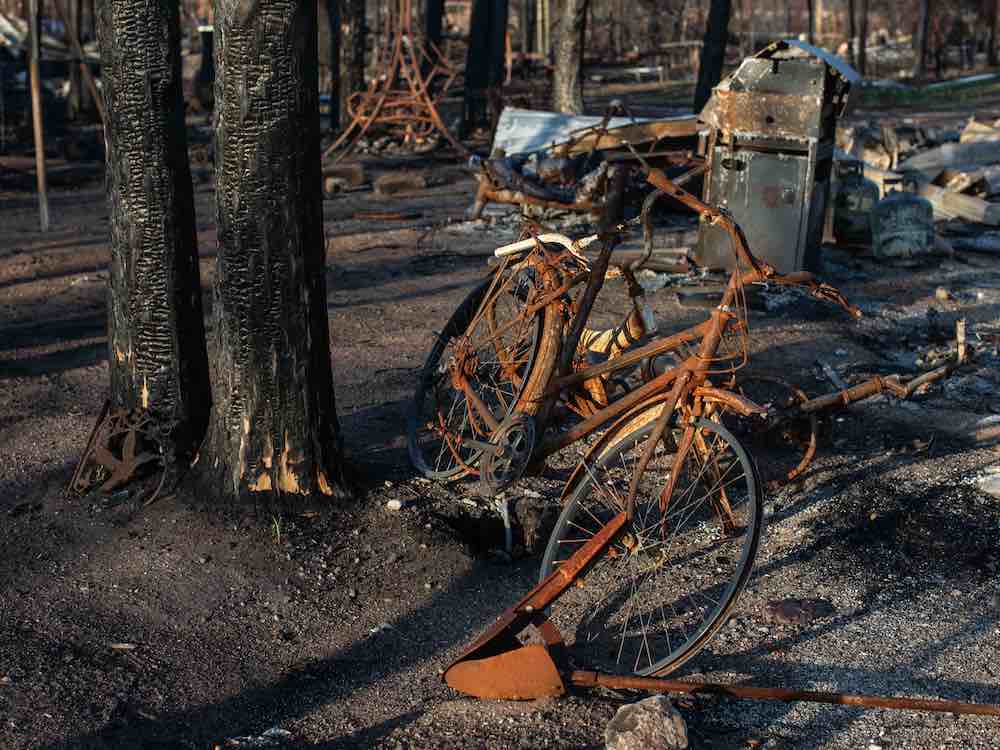

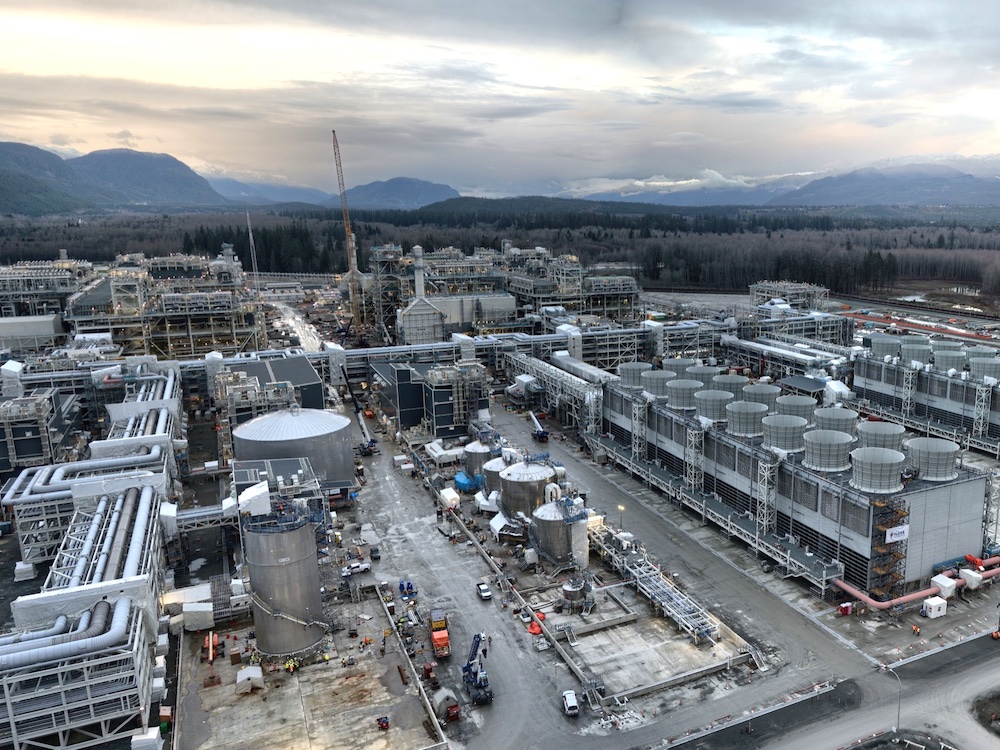
 Methane gas bubbles are seen trapped in the ice of a frozen thermokarst lake. This gas is released into the Arctic atmosphere from both the frozen layer and the underlying waters during the spring thaw. Photo by Kevin Hand, NASA Jet Propulsion Laboratory
Methane gas bubbles are seen trapped in the ice of a frozen thermokarst lake. This gas is released into the Arctic atmosphere from both the frozen layer and the underlying waters during the spring thaw. Photo by Kevin Hand, NASA Jet Propulsion Laboratory

 Scientists have warned that climate change would alter the prevalence and spread of disease, particularly those caused by pathogens that are sensitive to temperature. Photo by Getty Images/Grist
Scientists have warned that climate change would alter the prevalence and spread of disease, particularly those caused by pathogens that are sensitive to temperature. Photo by Getty Images/Grist




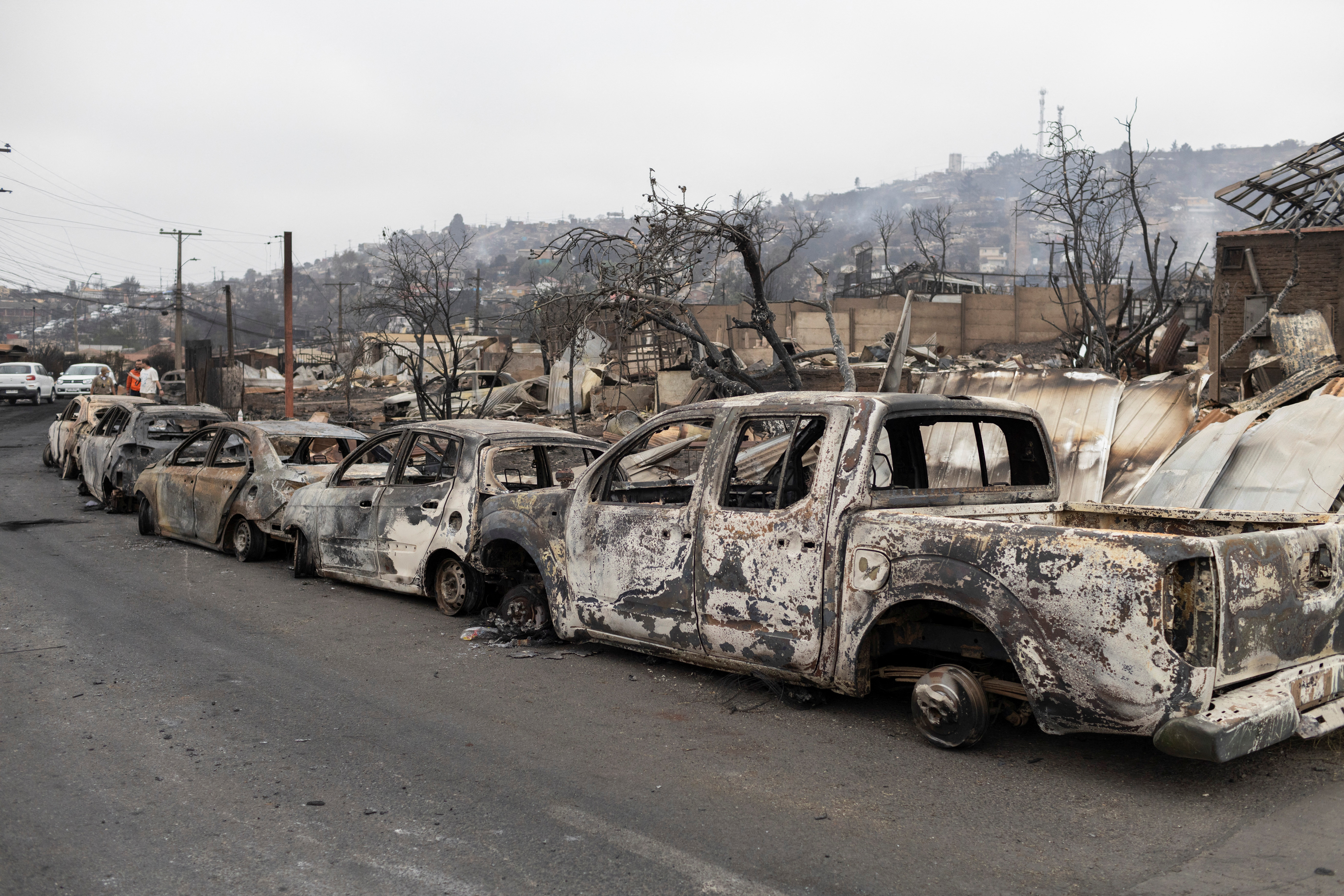
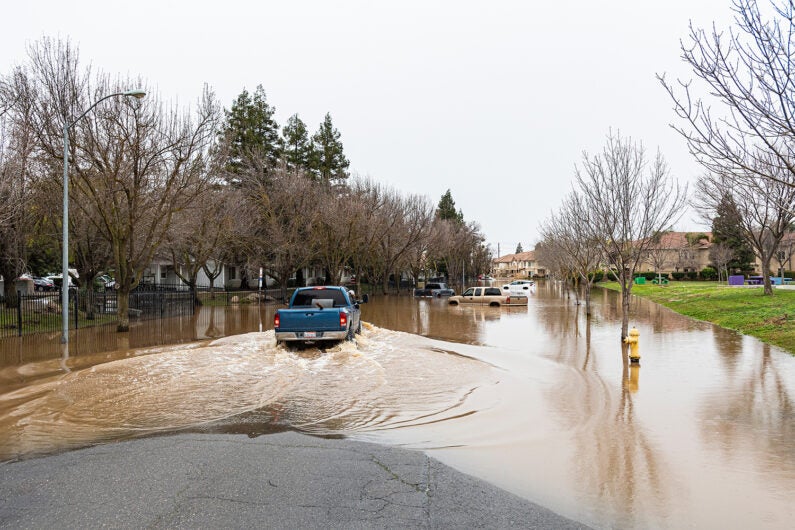
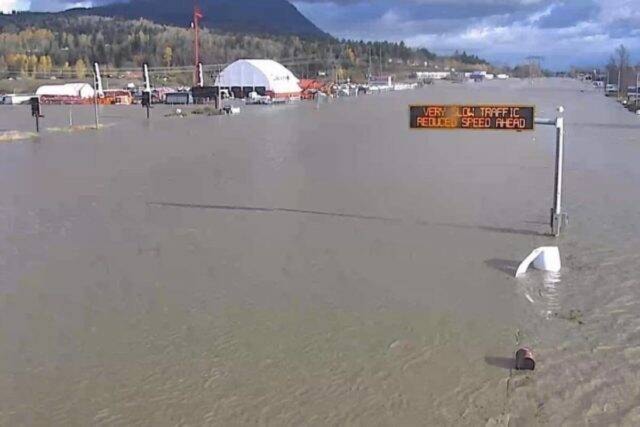


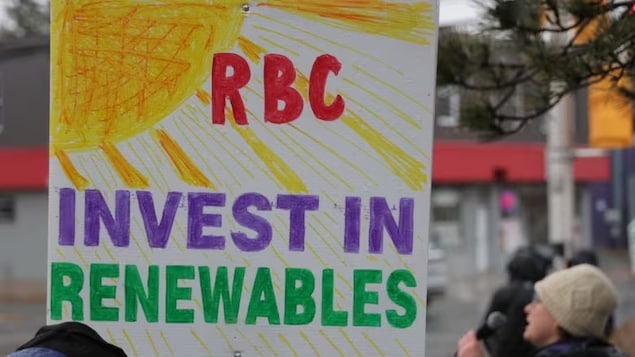
 Trans Mountain expansion project under construction in Abbotsford, B.C. Can you say environmental violations? (Darryl Dyck/The Canadian Press)
Trans Mountain expansion project under construction in Abbotsford, B.C. Can you say environmental violations? (Darryl Dyck/The Canadian Press)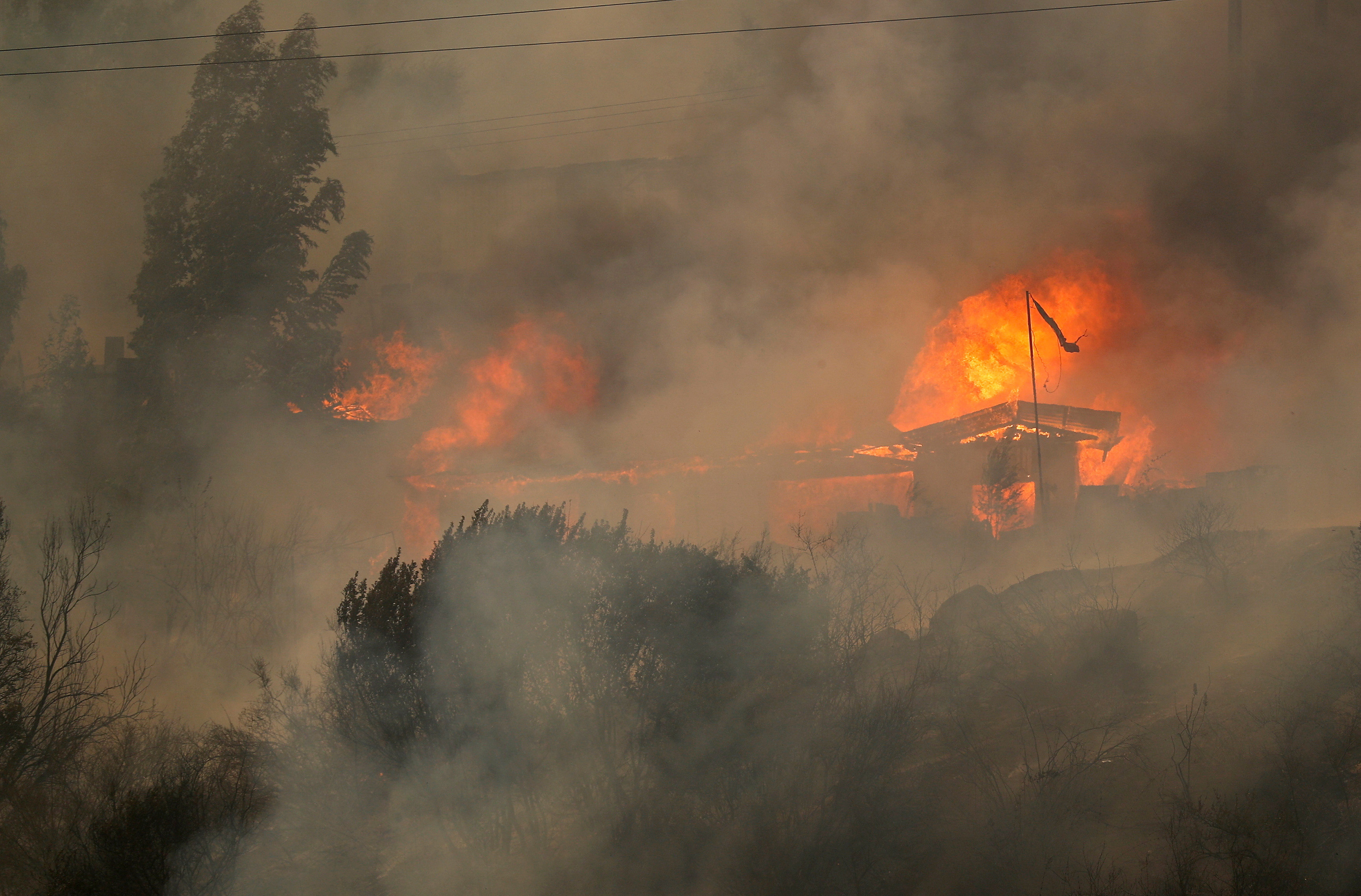
 “Are we going to protect (ecosystems) for salmon? Or are we going to dig them up for gold?” Image credit: Xulin/High Country News
“Are we going to protect (ecosystems) for salmon? Or are we going to dig them up for gold?” Image credit: Xulin/High Country News